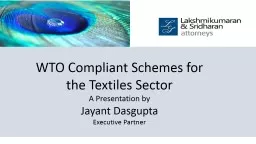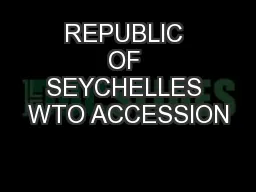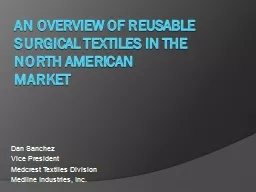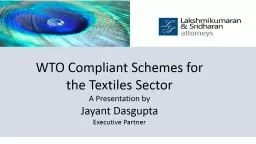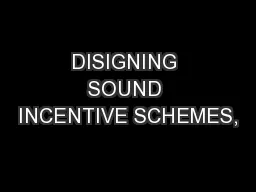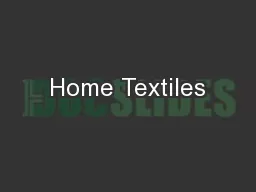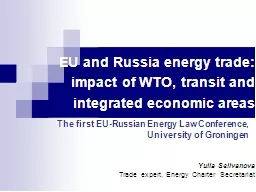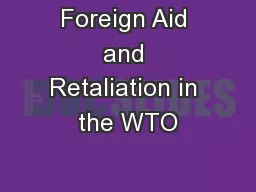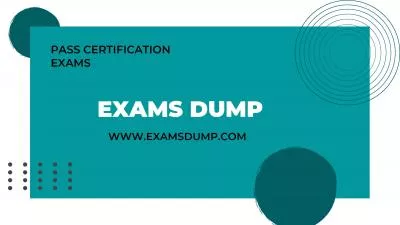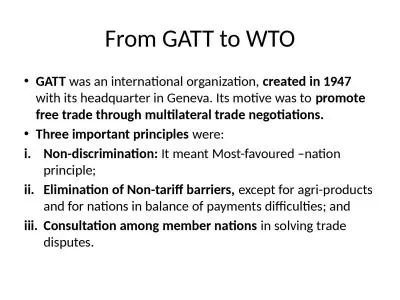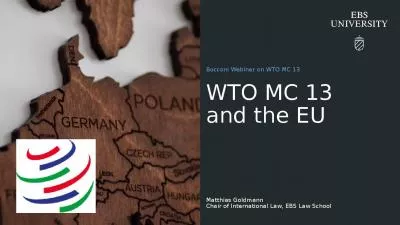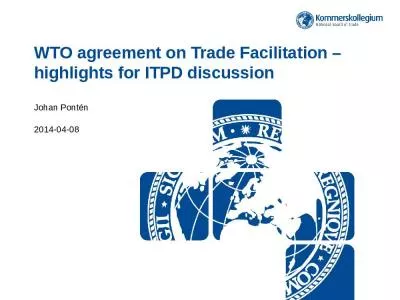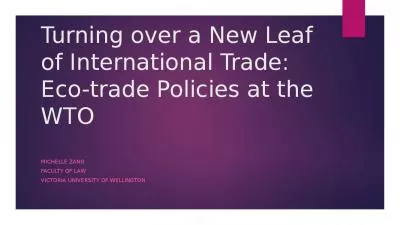PPT-WTO Compliant Schemes for the Textiles Sector
Author : phoebe-click | Published Date : 2016-12-17
A Presentation by Jayant Dasgupta Executive Partner WTO Definition of Subsidies Financial contribution by the government or any public body Direct or potential
Presentation Embed Code
Download Presentation
Download Presentation The PPT/PDF document "WTO Compliant Schemes for the Textiles S..." is the property of its rightful owner. Permission is granted to download and print the materials on this website for personal, non-commercial use only, and to display it on your personal computer provided you do not modify the materials and that you retain all copyright notices contained in the materials. By downloading content from our website, you accept the terms of this agreement.
WTO Compliant Schemes for the Textiles Sector: Transcript
Download Rules Of Document
"WTO Compliant Schemes for the Textiles Sector"The content belongs to its owner. You may download and print it for personal use, without modification, and keep all copyright notices. By downloading, you agree to these terms.
Related Documents

